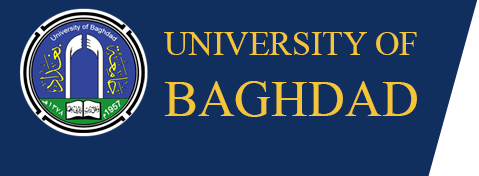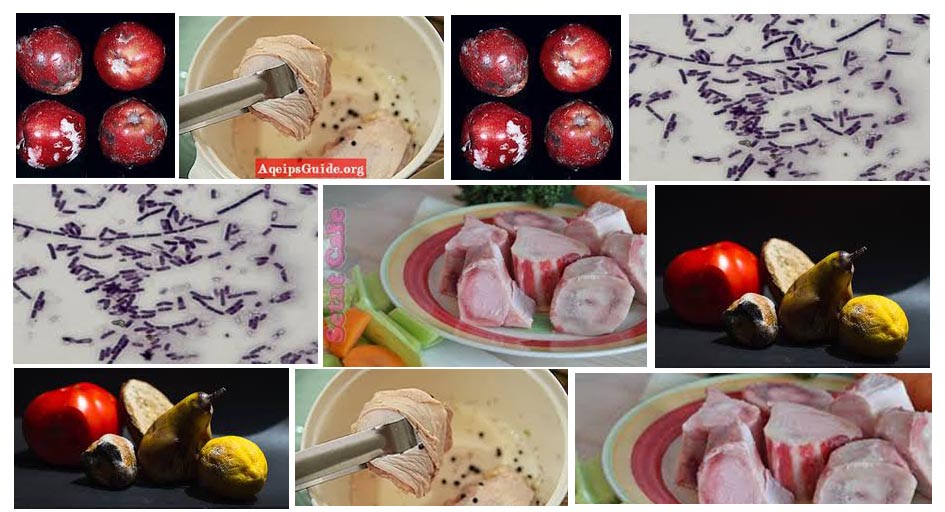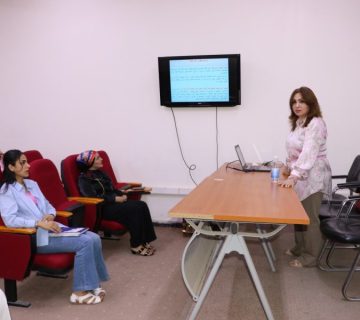The Microbiology Branch at the college of veterinary medicine, in collaboration with the continuing education unit and Ibn Sina unit for e-learning, organized a virtual lecture entitled “Microbiological Hazards” via Google Classroom service with the aim to find out the most microbiological risks that are surrounding us when food becomes contaminated by microorganisms found in the air, food, water, soil, animals and the human body that result in the emergence of microbiology such as bacteria and pathogenic fungi.
The lecture included defining the concept of the contaminated food as being the most common reason behind outbreaks of food poisoning, causing harm to consumer health and safety drastically, so we should be aware of and to prevent it by following strict, high-standard food hygiene practices. The microbiological contamination can be seen in rotten food characterized with a change in smell, taste or shape and which people refuse to eat, including fruits and vegetables due to poor storage, high humidity, decrease in fat or organic nitrogen and it is different from the fungal contamination that appears in the change of colors, vivid in gray, green, white or black mushrooms which grows within the peel of fruits or vegetables or through scratches due to high temperatures and relative humidity causing the secretion of deadly toxins. The participants recommended to ensure suitable environment for storage and to completely get rid of any damaged food, fridge cleaning schedule periodically and to leave the refrigerator door open to reduce moisture condensation.










